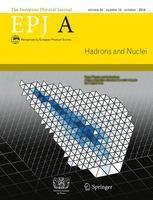Microscopically, the equation of state (EOS) and other properties of asymmetric nuclear matter at zero temperature have been investigated extensively by adopting the non-relativistic Brueckner-Hartree-Fock (BHF) and the extended BHF approaches by using the self-consistent Green’s function approach or by including a phenomenological three-body force. Once three-body forces are introduced, the phenomenological saturation point is reproduced and the theory is applied to the study of neutron star properties. We can calculate the total mass and radius for neutron stars using various equations of state at high densities in β-equilibrium without hyperons. A comparison with other microscopic predictions based on non-relativistic and density-dependent relativistic mean-field calculations has been done. It is found that relativistic EOS yields however larger mass and radius for neutron star than predictions based on nonrelativistic approaches. Also the three-body force plays a crucial role to deduce the theoretical value of the maximum mass of neutron stars in agreement with recent measurements of the neutron star mass.


